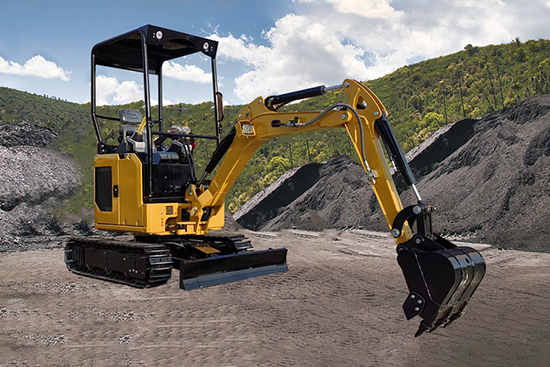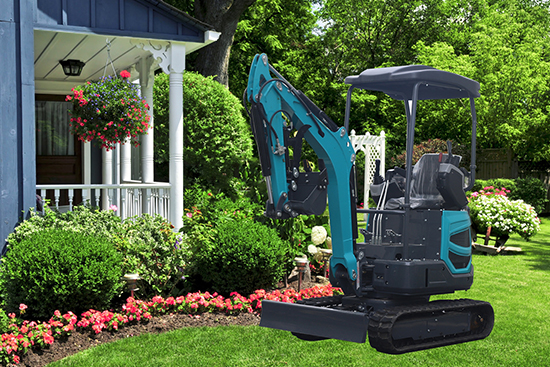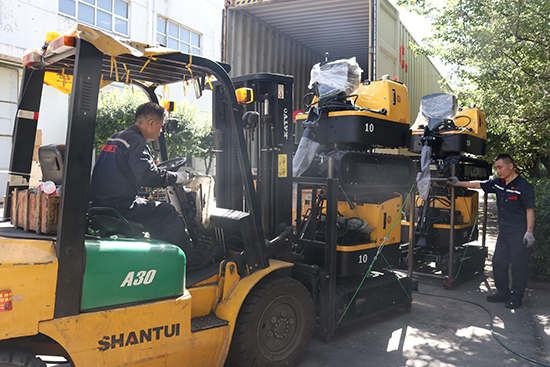Welcome to Jining Yizhan International Trade Co., Ltd
What’s the difference between a piston pump and a gear pump?
Plunger Pumps vs. Gear Pumps: Key Differences
Plunger pumps and gear pumps are two common types of hydraulic pumps, each with distinct operating principles and application scenarios. Below is a comparison:

1. Operating Principle
Plunger Pump:
Generates pressure and flow through the reciprocating motion of plungers.
Driven by a swash plate or cam within the cylinder block.
Often designed as a variable displacement pump, allowing adjustable output.
Gear Pump:
Moves fluid by the rotation of interlocking gears.
Relies on volumetric changes created by the gears rather than plungers.
Typically a fixed displacement pump with constant output.
2. Pressure Capability
Plunger Pump:
Handles higher pressure levels, usually up to 30–50 MPa, ideal for demanding applications.
Gear Pump:
Operates at moderate pressures, generally in the range of 10–25 MPa.
3. Efficiency
Plunger Pump:
Offers higher volumetric and mechanical efficiency.
Performs better in high-pressure environments with minimal energy loss.
Gear Pump:
Lower efficiency, especially at high pressures, due to increased internal leakage.
4. Complexity and Maintenance
Plunger Pump:
Complex structure with higher manufacturing and maintenance costs.
Requires precise seals and components like plungers and distribution plates.
Gear Pump:
Simple design, cost-effective, and highly reliable.
Easy to maintain, making it suitable for budget-conscious systems.
5. Adjustability
Plunger Pump:
Often a variable displacement pump, capable of adjusting flow and pressure based on system requirements.
Suitable for dynamic and varied operating conditions.
Gear Pump:
Typically fixed displacement, with output controlled via external valves if needed.
6. Applications
Plunger Pump:
Used in high-pressure, precision, and variable demand environments like construction machinery (excavators, cranes), aerospace systems, and industrial equipment.
Gear Pump:
Ideal for moderate pressure and fixed flow scenarios, such as agricultural machinery, forklifts, and small industrial systems.
7. Durability and Longevity
Plunger Pump:
Well-suited for continuous high-pressure operations but sensitive to fluid quality.
Higher repair costs if wear occurs.
Gear Pump:
More tolerant of fluid contaminants but generally shorter lifespan.
Easier and cheaper to replace or repair.
Summary Table
| Aspect | Plunger Pump | Gear Pump |
|---|---|---|
| Pressure | High (30–50 MPa) | Moderate (10–25 MPa) |
| Efficiency | High | Lower |
| Design Complexity | Complex | Simple |
| Adjustability | Variable Displacement | Fixed Displacement |
| Application | High precision & high pressure | Moderate cost & pressure |
| Maintenance Cost | High | Low |
Choose the right pump based on your operational needs for optimal performance and cost-effectiveness.






